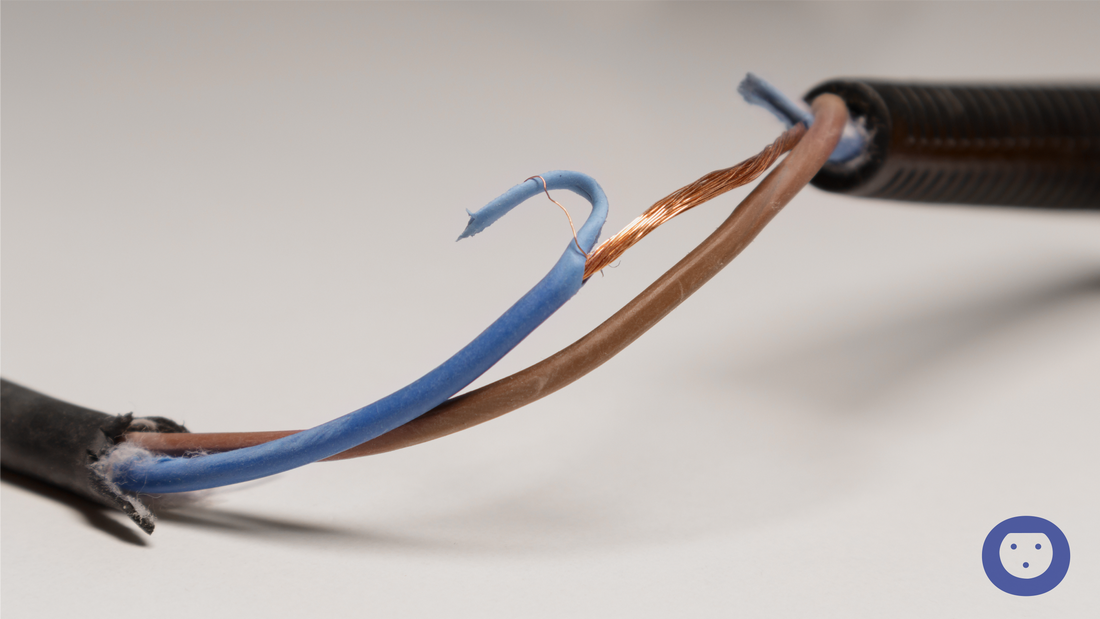Ensuring your home is free from electrical hazards is paramount for both your family's safety and the durability of your home's electrical infrastructure. Yet, many homeowners may overlook potential dangers lurking within their homes. Here are some common electrical safety hazards to be vigilant about:
1. Overloaded Outlets
Distribution Solutions
Plugging too many electronics into a single outlet can result in overloading, posing a fire risk. Utilize power strips and surge protectors to evenly distribute the load and prevent overloading outlets.
2. Frayed or Damaged Cords
Fire Risk Prevention
Any cords exhibiting fraying or damage are potential fire hazards. Regularly inspect all cords and promptly replace any that show signs of wear and tear to mitigate risks.
3. Outdated Electrical Panels
Safety Upgrade
Older electrical panels may lack the capacity to accommodate your home's power demands, posing fire hazards. Consider upgrading your panel to meet current safety standards, especially in older homes.
4. DIY Electrical Repairs
Professional Intervention
Attempting DIY electrical repairs can be perilous and may damage your home's electrical system. Always enlist the services of a professional electrician for any electrical repair needs to ensure safety and avoid further complications.
5. Extension Cord Misuse
Temporary Solution
Avoid using extension cords as permanent fixtures, as this can overload circuits and heighten the risk of fire. Reserve extension cords for temporary use only to minimize potential hazards.
By remaining vigilant and addressing these potential hazards, you can uphold the safety of your home and prolong the lifespan of your electrical system. Conduct regular inspections to identify and rectify any hazards promptly, and rely on professional electricians for repairs. Educating your family about electrical safety practices is also essential for fostering a secure living environment.

